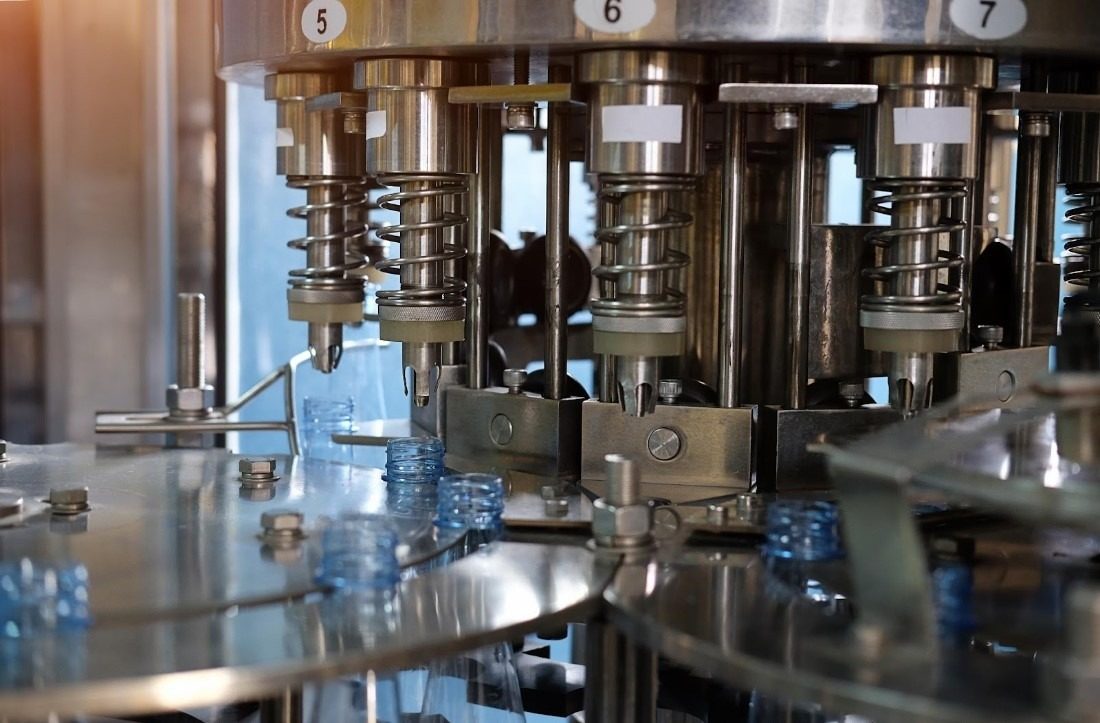Blog details
In the world of manufacturing, efficient and reliable machinery is crucial to achieve a smooth production process. One such machine that plays a vital role in various industries is the rinsing, filling, and capping machine.
What is a Rinsing, Filling, and Capping Machine?
A rinsing, filling, and capping machine, commonly known as a washing filling and capping machine or a filling and sealing machine, is a versatile equipment used to automate the process of cleaning, filling, and sealing products in containers. This machine is particularly popular in industries such as pharmaceuticals, beverages, food processing, and cosmetics.
Importance of Washing Filling and Capping Machine
1. Efficiency and Speed
One of the significant advantages of using a washing filling and capping machine is the ability to improve production efficiency. These machines are designed to handle a high volume of products, ensuring a swift and seamless production process. Additionally, they can perform multiple tasks simultaneously, reducing production time and increasing overall productivity.
2. Consistency and Accuracy
Consistency and accuracy are essential factors when it comes to filling products in containers. A washing filling and capping machine uses advanced technology and precise mechanisms to ensure consistent product filling every time. This eliminates human error and guarantees that each container receives the exact amount of product.
3. Hygiene and Safety
Maintaining hygiene while processing products is crucial, especially in industries such as pharmaceuticals and food processing. A washing filling and capping machine addresses this concern by incorporating a rinsing or washing stage before filling the containers. This rinsing process ensures that the containers are thoroughly cleaned before the product is added, preventing contamination and ensuring product safety.
How to Clean a Liquid Filling Machine
To maintain the hygiene and prolong the lifespan of a liquid filling machine, regular cleaning is necessary. Here is a step-by-step guide to effectively clean a liquid filling machine:
- Start by disconnecting the machine from its power source and removing any product or containers from the machine.
- Empty the remaining liquid from the machine’s tank and remove any residual product.
- In a separate container, prepare a cleaning solution by mixing a suitable detergent with warm water.
- Use a cleaning brush or sponge soaked in the cleaning solution to scrub the inside of the machine’s tank, nozzles, and other components. Pay special attention to areas that may have accumulated residue or build-up.
- Rinse all the parts thoroughly with clean water to remove any traces of the cleaning solution.
- Once all the parts are clean, allow them to air dry or use a clean cloth to dry them manually.
- Reassemble the machine and ensure that all components are securely fastened.
Finally, reconnect the machine to its power source and perform a trial run using clean water to ensure that it is functioning correctly and there is no contamination.
Rinse Pods: A Convenient Solution
In recent years, rinse pods have gained popularity as an innovative and convenient solution for rinsing containers before filling. These pods, typically made of dissolvable film or coating, contain a cleaning solution that is released when in contact with water. Rinse pods are particularly useful in industries where quick and easy container cleaning is required.
How Does a Filling Machine Work?
A filling machine operates on a straightforward principle. The machine uses various mechanisms such as pumps, valves, and sensors to fill containers with the desired product accurately. Here’s a simplified overview of how a filling machine works:
- Containers are placed onto a conveyor belt, which moves them towards the filling station.
- At the filling station, the containers are positioned under a filling nozzle or valve.
- The filling machine’s pump or valve opens, allowing the product to flow into the container. Sensors ensure precise filling according to predetermined settings.
- Once the container is filled, the pump or valve closes to stop the flow of product.
- The filled containers are then moved to the capping station, where caps are securely attached.
- After capping, the containers are ready for packaging, labeling, and distribution.
Caps vs. Fillings: Which is More Impactful?
While both caps and fillings are essential components of the packaging process, they serve different purposes. Caps are primarily used to seal and protect the product inside the container, preventing leakage and maintaining freshness. On the other hand, fillings directly impact the consumer experience, ensuring the proper and accurate delivery of the product. Both caps and fillings contribute significantly to product quality, convenience, and safety.
In conclusion, a rinsing, filling, and capping machine, be it the washing filling and capping machine or the filling and sealing machine, is an indispensable part of modern-day manufacturing. It not only enhances efficiency and accuracy but also ensures hygiene and safety. The technology and innovation behind these machines continue to evolve, driving advancements in the packaging industry as a whole.
ppswaterengineers
sing up our newsletter
Sign up today for hints, tips and the latest Industry news, insights - plus exclusive special offers.


